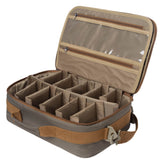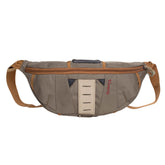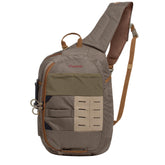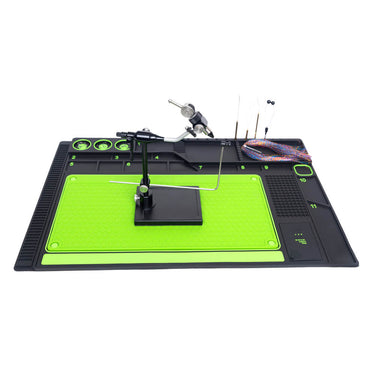Angling Through Time: The Catskills' Fly Fishing Legacy
The Catskill Mountains in upstate New York are renowned as the birthplace of American dry fly fishing, playing a pivotal role in the development of fly fishing as both a sport and an art form. Here’s an overview of its rich history:
Early Beginnings (19th Century)
The Catskills' pristine rivers—such as the Beaverkill, Willowemoc, Esopus, Neversink, and Delaware—were originally home to brook trout before European settlers introduced brown trout (from Germany) and rainbow trout (from the West Coast) in the late 1800s.
Early anglers used wet flies (subsurface flies), but by the late 1800s, anglers began experimenting with dry flies (floating on the surface), inspired by British traditions.
The Golden Age (Early 20th Century)
The Catskills became the epicenter of American fly fishing innovation, thanks to legendary tier-anglers who developed patterns mimicking local insects.
Theodore Gordon (1854–1915) – Known as the "Father of American Dry Fly Fishing," he adapted British dry fly techniques to Catskill waters and created iconic patterns like the Quill Gordon and Catskill-style flies (sparse, hackle-heavy designs).
Roy Steenrod – Developed the Hendrickson fly, named after Albert Hendrickson, a local angler.
Rube Cross, Herman Christian, and the Dettes (Walt & Winnie) – These tiers refined classic patterns like the Catskill Dry Fly and March Brown.
The Beaverkill and Willowemoc became hallowed waters, attracting elite anglers and writers.
The Rise of Fly Fishing Culture
Fishing Clubs & Lodges – Establishments like the Beaverkill Club (founded 1879) and Antrim Lodge (owned by fly-fishing legend Art Flick) became hubs for anglers.
Literary Influence – Books like Art Flick’s Streamside Guide (1947) and Sparse Grey Hackle’s Fishless Days, Angling Nights (1971) immortalized Catskill fishing traditions.
The Catskill Fly Fishing Center & Museum (Livingston Manor, NY) preserves this heritage with exhibits on historic flies, rods, and anglers.
Modern Catskill Fly Fishing
While some rivers faced pollution and habitat loss in the mid-20th century, conservation efforts (like Trout Unlimited’s work) have restored many waters.
The Catskill-style dry fly remains influential, and classic patterns (e.g., Adams, Light Cahill, Blue Dun) are still tied and fished worldwide.
The region remains a pilgrimage site for anglers seeking the "Catskill dry fly experience."
Key Rivers & Their Legacy
Beaverkill – The most famous, home to legendary pools like "The Junction" and "Horse Brook Run."
Willowemoc – Known for its challenging wild trout and historic fly shops.
Neversink – A freestone river famous for its selective trout and the Neversink Skater (a fly pattern).
Delaware River System – Now one of the best wild trout fisheries in the East.
Conclusion
The Catskills’ contribution to fly fishing is unmatched, blending innovation, tradition, and reverence for wild trout. Its legacy continues to inspire anglers to this day.
Would you like details on specific flies, historic anglers, or current fishing conditions?















